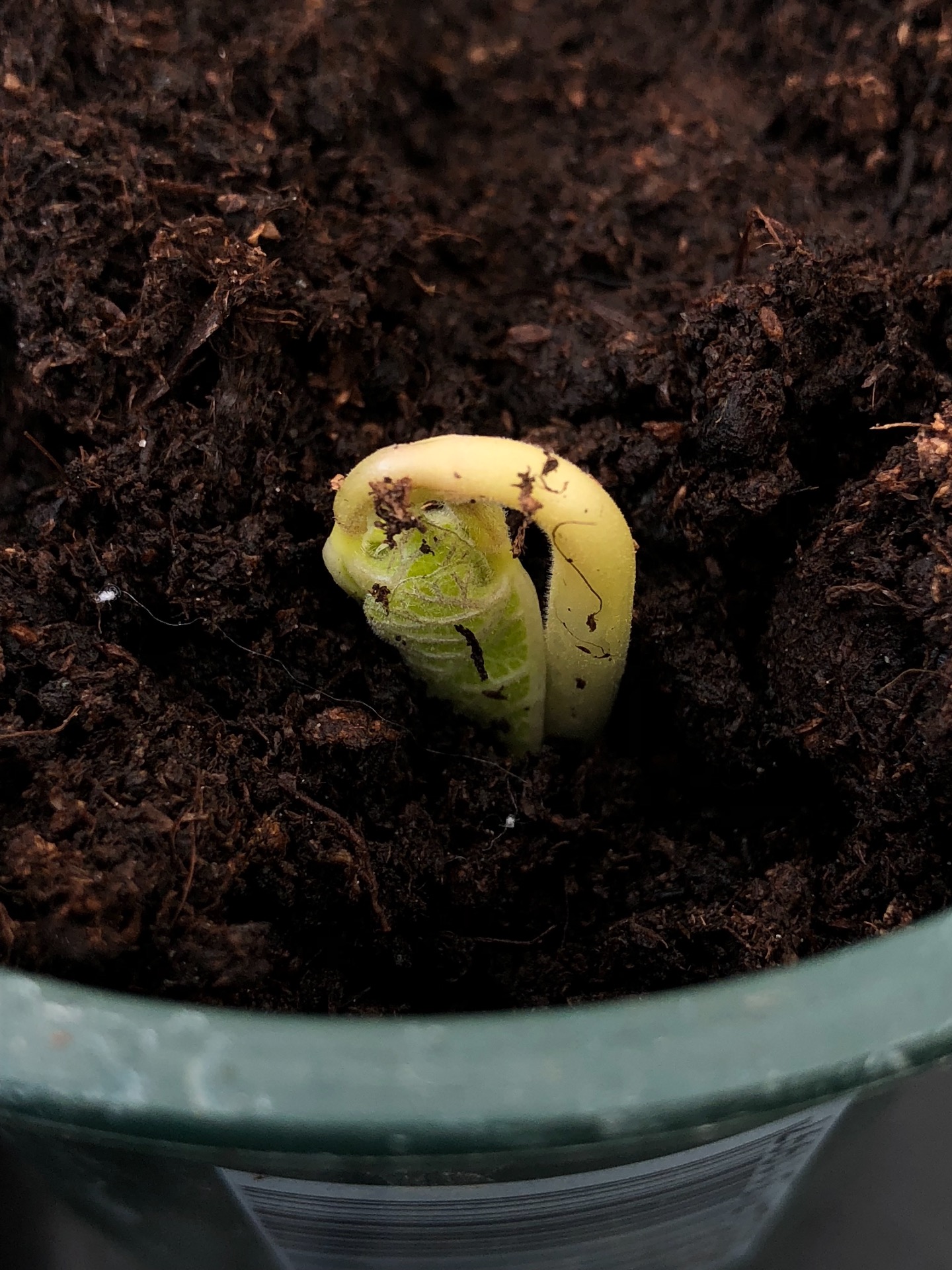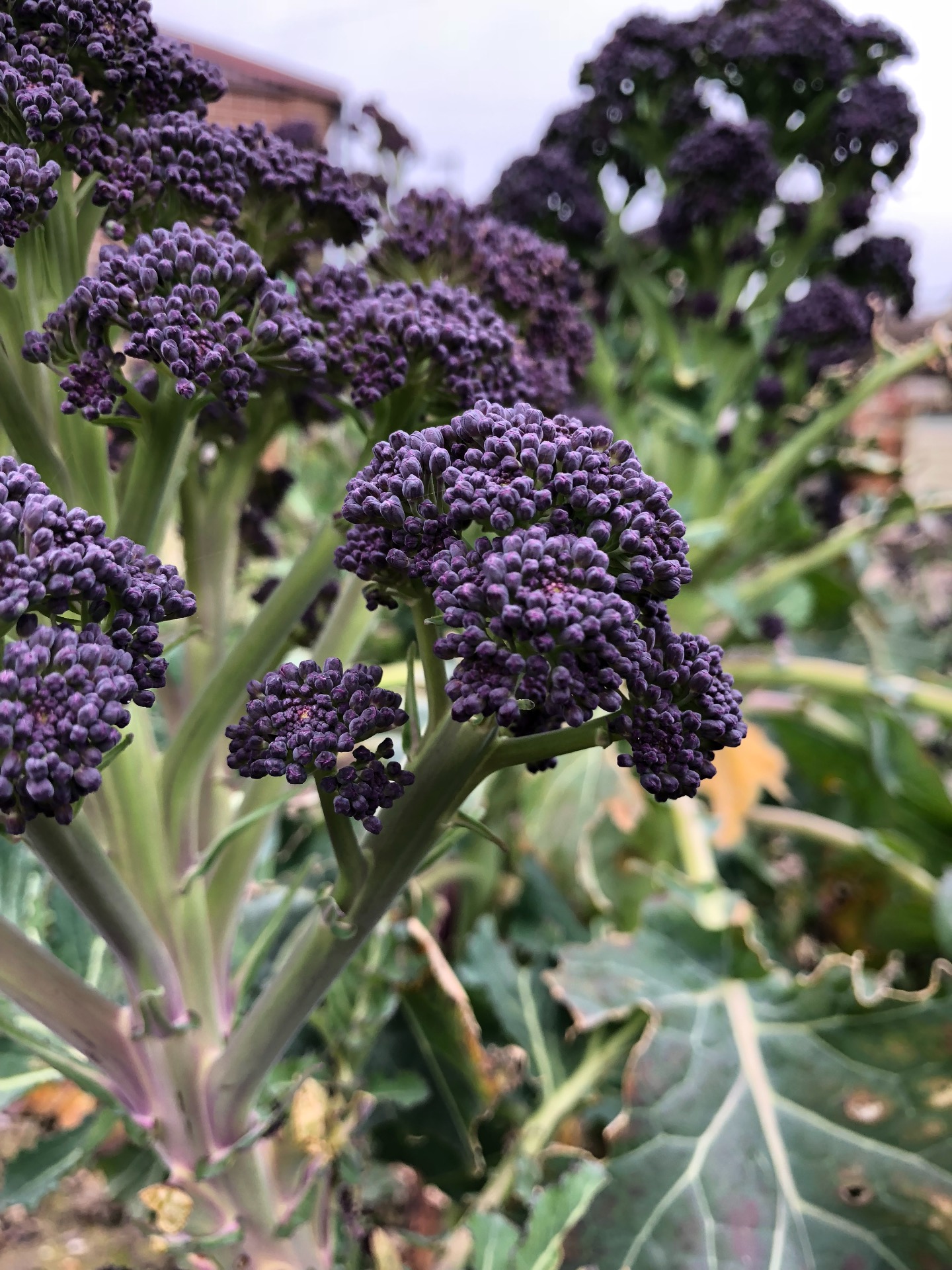FROM RAGS TO RICHES
It all starts with a compact, energy rich seed which if given the perfect conditions, will burst into life and produce all the glorious fruit and veg you could ever dream of. The big "if" of course is if its is given the right climate to germinate, the correct environment to grow and enough nutrients to produce the crops we so desire. Sometimes growing from seed can be a challenge but generally with the well tested seed varieties you cant for wrong. My step by step guide ensures that I give the plants the best start in life and the best growing conditions I can provide.
PLANNING MAKES PERFECT
First of all, the general rule of "you get what you pay for" isn't always the case. Ive bought seeds from Poundland that have produced heavier and tastier crops than similar seeds bought on expensive boutique websites. My advise is to stick to the common and most tested varieties and read the reviews, if you want to try something new, just don't expect to nail it the first time round. Seeds need heat to germinate, so use a propagator if possible, a good potting compost and make sure to plant at the correct depth (see my post on gardening tools) as this will affect the germination of your seeds. Old seeds for example need a little more time, or sometimes wont germinate at all? Last year I was using up the last of my corn and only 2 out of 20 seeds actually germinated. Gutted doesn't even cut it. Growing from seed takes practice and patience so following the guidelines on the pack is the best option.

Once the seedlings have established their first sets of leaves, or started tom produce a second set, there is a tendency for them to get leggy and flimsy so potting on is the best way to keep the stem nice and strong whilst getting the roots nicely established. This means putting the plant into a larger pot and filling with a good compost. This will normally cover the first set of leaves or come very close to them. Make sure to handle the seedlings with care, and if they seem too fragile, give them a little longer. As they grow they will generally need transplanting to larger pots, grow bags, containers or direct into the ground and so they will need different care. The normal rule is water regularly in short bursts, rather than a bucket full of water once a week and don't let the soil get too dry. Once the fruit or veg has started to develop use a good fertiliser. Around once a fortnight I use pelleted chicken manure on the outdoor plot and tomato feed for the tomatoes. This will give the crop a good boost of nutrients which they so desperately need at the peak of growing.

CREAM OF THE CROP
When it comes to harvest its generally best to read to the seed packet because times vary and you may have to leave the veg a certain amount of time before harvesting. Potatoes for example need cutting back before pulling up the tubers so the skins toughen up a little which makes them better for storing, whereas tender stem broccoli and courgettes need regular picking to encourage more growth. I know you'll be eager to dig in but waiting until just the right time will be worth it when you get to use your home grown vegetables in the kitchen.
Growing from seed can be daunting but it really can be quite simple with the right tools and plenty of planning.